Galerie Hyundai (갤러리 현대)
730.7M 2021-03-09
14, Samcheong-ro, Jongno-gu, Seoul-si
+82-2-2287-3500
La galerie Hyundai a été inauguré sous le nom de Hyundai Hwarang (galerie) à Insadong (Jongno-gu, Séoul) en avril 1940. Pendant plus de quarante années, cette galerie a exposé des pièces d’artistes coréens tels que Park Soo Keun, Joong Seop Lee, Whanki Kim, Ucchin Chang, Kyung Ja Chun, Dai Won Lee, Young Kuk Yoo, Ufan Lee, Nam June Paik, ou encore Shim Moon-seup.
Elle possède et gère désormais de nombreuses salles d’exposition comme « Le Nouvel Espace », « L’Espace Principal » (chacune avec deux étages), et « L’Espace Gangnam ». La Galerie Dugahun (affiliée à la Galerie Hyundai) n’est qu’à quelques pas du Nouvel Espace et est gérée conjointement avec Dugahun, un restaurant à vins situé dans une hanok (maison traditionnelle coréenne).
L’Espace Gangnam peut se vanter d’avoir un mélange éclectique de pièces et de styles d’artistes à la fois internationaux et coréens. La Galerie Hyndai gère aussi une « Galerie Fenêtre», salle d’exposition pour les artistes prometteurs.
Centre Culturel Sejong (세종문화회관)
732.6M 2023-11-01
175, Sejong-daero, Jongno-gu, Seoul-si
+82-2-399-1000
Le Centre Sejong a été construit à Gwanghwamun en 1978. Il abrite un grand théâtre, un petit théâtre, une galerie d’art et différentss espaces pour la réalisation de différentes représentations culturelles et expositions.
Le grand théâtre du Centre Sejong possède notamment les plus grandes orgues en Asie ainsi qu'une scène majestueuse. Il peut accueillir 3.822 personnes alors que sa scène peut convenir à de nombreuses sortes de performances telles que des représentations musicales, théâtrales, du ballet, des films, etc.
La galerie d’art du Centre Sejong se compose en réalité de trois galeries. Toutes les trois proposent des espaces d’exposition d’avant-garde. Le Centre Sejong possède également un magasin d‘objets d’art, des salles de conférences et plusieurs salons spacieux.
Musée de Hanbok (이리자 한복전시관)
742.7M 2021-10-06
20, Samcheong-ro, Jongno-gu, Seoul-si
+82-2-734-9477
Le musée de Hanbok se situe de l’autre coté de l’entrée principale du palais royal de Gyeongbok où se trouve la billetterie. Ainsi, il est judicieux, après avoir visité le palais, d’aller faire un tour à ce musée afin de voir les habits traditionnels coréens; si les horaires d’ouverture coïncident. Car le musée n’ouvre ses portes que le 1er et le 3ième samedi de chaque mois, alors vérifiez bien les jours afin de ne pas marcher pour rien.
Le musée de Hanbok n’est pas seulement un musée sur les habits traditionnels coréens. Il met aussi en valeur tous les évènements et rituels de la naissance à la mort avec bien sûr, les vêtements correspondants. Vous pouvez donc être le témoin des traditions coréennes et voir à quelles occasions les habits doivent être portés. Tous les hanboks sont crées par la styliste Lee Ri-Ja elle-même, fabriqués avec la plus grande attention et la plus importante minutie. Il y a environ 300 pièces exposées et certaines sont si pratiques qu’elles peuvent même être portées au quotidien. A coté des hanboks se trouvent aussi des ornements et autres petits objets décoratifs. Vous en serez charmé. Une fois avoir visité le palais royal de Gyeongbok et ce musée, allez vous promener vers Gwanghwa-mun ou Insa-dong. A Gwanghwa-mun vous pourrez voir certains aspects culturels modernes tandis qu’à Insa-dong vous serez plutôt dans une ambiance artistique et traditionnelle coréenne.
Musée d’art africain (아프리카미술관)
742.1M 2022-09-30
24-1, Samcheong-ro, Jongno-gu, Seoul-si
+82-2-730-2430
Le musée d’art africain a été créé dans le but d’accueillir de nombreux festivals artistiques et fournir un espace de recherche sur des thèmes variés. Un principe majeur de la galerie est de promouvoir les oeuvres d’art qui essayent activement d’explorer l’esprit humain.
Musée National d'Art Contemporain (국립현대미술관 서울관)
756.4M 2023-06-23
30, Samcheong-ro, Jongno-gu, Seoul
+82-2-3701-9500
Le Musée National d'Art Contemporain de Séoul a ouvert ses portes en 2013 au centre de Séoul à côté du palais Gyeongbok. Le musée a adapté un concept de 'cour' pour mieux se mélanger aux alentours et lier organiquement l'extérieur et l'intérieur du bâtiment.
Sur le terrain du musée, il y avait autrefois quelques grandes organisations administratives de l'époque Joseon mais aussi les hôpitaux militaires lors de la colonisation japonaise. Ce site est un site historique tant sur le plan politique que culturel. Notez que le musée est fermé les mercredis et samedis.
*Jour de l'inauguration : 12 novembre 2013
Histoire de Chungmugong (충무공 이야기)
760.8M 2022-08-25
jiha 175, Sejong-daero, Jongno-gu, Seoul
+82-2-399-1114
"Histoire de Chungmugong" désigne une salle d'exposition consacrée à l'admiral Yi Sun-sin (dynastie Joseon). L'exposition permet aux visiteurs de découvrir la vie de ce personnage historique qui vouait un grand respect pour son pays et son peuple tout en découvrant ses exploits remarquables durant la guerre d'Imjin.
Statue du Roi Sejong (세종대왕 동상)
763.0M 2021-02-01
Sejong-ro, Jongno-gu, Seoul-si
+82-2-2133-7713
Une large statue de bronze du Roi Sejong est présente sur la place Gwanghwamun au milieu du boulevard Sejong-ro qui commence du palais Gyongbokgung où le Roi Sejong est monté sur le trône et où il mourut. Le Roi Sejong est le premier roi qui est monté sur le trône et a décédé au même endroit. La statue du héros national a été installée à cet endroit pour accroitre la fierté nationale parmi les coréens et pour représenter l’aspiration des coréens à la grandeur culturelle au vu des grandes réalisations culturelles du Roi Sejong.
Le visage de la statue montre un sourire généreux et doux plutôt qu’un air digne. Une de ses mains tiens un livre, alors que l’autre montre un geste de la main lui donnant un air sympathique.
Il est monté sur un piédestal (4.3m de largeur x 6.2m de hauteur), 250 mètres derrière la statue de l’amiral Yi Sun-sin dans le sud. En face de la statue, il y un globe céleste, un pluviomètre et un cadran solaire qui ont été inventés sous son règne. Derrière la statue, il y a 6 colomnes arrondies avec des images dorées décrivant ses réalisations de manières sculptées. L’entrée vers le passage souterrain connecté au hall d’exposition sur l’histoire du Roi Sejong est également derrière la statue. La chronologie de l’histoire de la Corée est gravée le long de la rivière appelée « le canal de l’histoire » (水路) qui coule le long de la place Gwanghwamun.
* Le Roi Sejong a régné durant la dynastie Joseon (1392-1910).
On se souvient surtout de lui, pour avoir été le créateur du Hangeul, l’alphabet coréen. Durant son règne, il a consolidé les bases de la dynastie Joseon en établissant la fondation pour les politiques confucéennes et en modifiant de nombreux systèmes. De plus, il a beaucoup fait pour l’agriculture, la littérature, la science et la technologie.
L'Histoire du Roi Sejong (세종이야기)
779.4M 2022-09-13
175, Sejong-daero, Jongno-gu, Seoul-si
+82-2-399-1000
Le Roi Sejong était le quatrième de la dynastie Joseon (1397-1450, régnant de 1418-1450). Il a été responsable de certaines des réalisations les plus brillantes de l'histoire de Corée, comme la création du Hangeul (alphabet coréen) ainsi que de grands progrès dans les domaines de la science, la culture, l'art et la politique. Le passage derrière la statue du Roi Sejong de Gwanghwamun mène à une exposition sur son histoire, où l’ont peut voir certaines des contributions les plus étonnantes du roi pour le développement de la Corée.
La salle d'exposition du roi Sejong se compose en 9 sections sur une superficie totale de 3.200 ㎡. Parmi les thèmes exposés, on trouve l’invention du Hangeul, les contributions scientifiques, artistiques, militaires et politiques (y compris la théorie de la Minbon, qui est reconnue comme la base de la politique).
Informations générales
Pour la commodité et de divertissement des visiteurs, le musée dispose également d'une salle d'exposition spéciale avec des activités multimédia, des livres, une boutique de souvenirs et un salon.
Musée d'Histoire de Séoul (서울역사박물관)
793.5M 2023-08-25
55, Saemunan-ro, Jongno-gu, Seoul-si
+82-2-724-0274~6
Le musée d'Histoire de Séoul présente l'histoire et la culture de Séoul en partant de la préhistoire jusqu'à l'époque moderne en se centrant sur la période de la dynastie Joseon. Pour montrer l'histoire et la culture de Séoul qui est en plein essor pour devenir une métropole mondiale et en s'établissant comme espace culturel représentatif qui récupère, préserve, étudie et organise des expositions des patrimoines culturels, le musée d'histoire de Séoul joue le rôle de musée qui insuffle fierté et solidarité aux Séoulites et qui montre l'identité de notre culture aux étrangers.
Palais Gyeonghuigung (경희궁)
842.3M 2021-07-21
55, Saemunan-ro, Jongno-gu, Seoul-si
+82-2-724-0274
A la fin de la période Joseon, Gyeonghuigung servait de palais secondaire pour le roi. Comme il se situe dans la partie ouest de Séoul, il
porte aussi le nom de 'Seogwol'. Le palais secondaire était le palais où le roi se déplaçait en cas d’urgence. De Injo à Cheoljong, environ dix rois de la dynastie Joseon sont restés à Gyeonghuigung. Ce palais qui a été construit en utilisant la géographie inclinée aux alentours de la montagne possède une beauté traditionnelle en
matière d'architecture et une grande signification historique. A une
certaine époque, sa réputation était telle qu'il y avait même un pont arqué le reliant au palais Deoksugung. Les bâtiments Sungjeongjeon et Jajeongjeon
sont pour l’audience royale du roi, tandis que les bâtiments Yungbokjeon et Hoesangjeonet
servaient à dormir. Au total, le palais comprenait 100 bâtiments.
Mais, lorsque le Japon envahit la Corée
en 1908, l’école Japonaise Gyeongseong s'est installée dans le palais, et une grande partie du palais a été nivelée ou déplacée. Actuellement, la porte d(entrée
de Gyeonghuigung, la Porte Heunghwamun est utilisée en tant que porte d’entrée principale de l’ hôtel Silla, et Sungjeongjeon est à l’Université Dongguk. L’école a déménagé dans un autre endroit tandis
que le Sungjeongjeon et quelques autres bâtiments ont été reconstruits.
Près du palais Gyeonghuigung se trouvent le Musée d’Histoire de Séoul, la rue Jeongdong, et la rue très active Jongno. Après avoir visité le palais Gyeonghuigung, vous pouvez traverser la rue Jeongdong et marcher jusqu’au palais Deoksugung. La rue avec un mur de pierres menant
au palais Deoksugung est considérée comme l'une des rues les plus élégantes de Séoul.
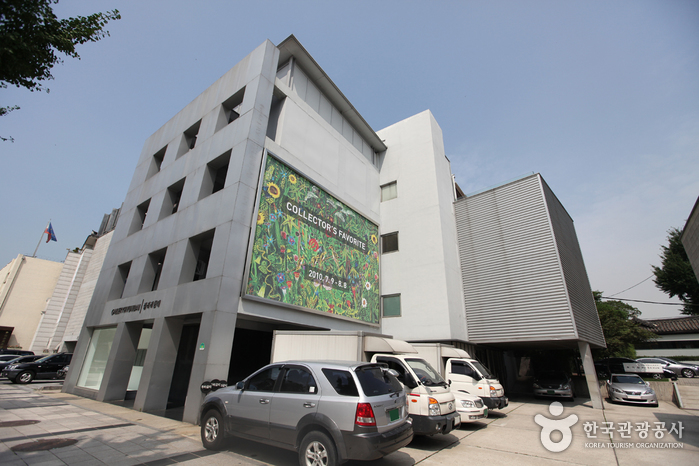

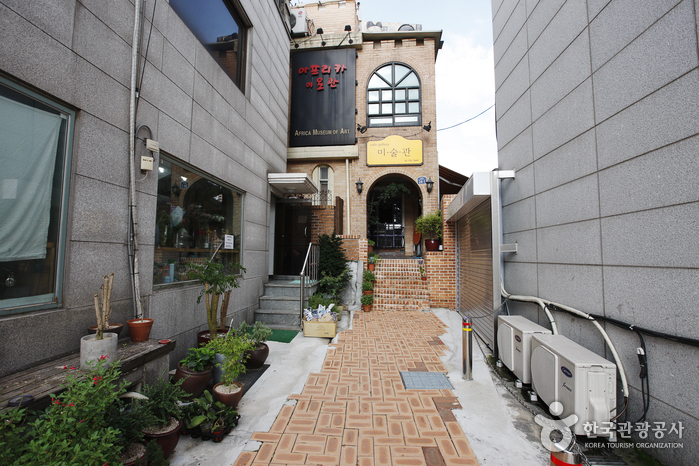
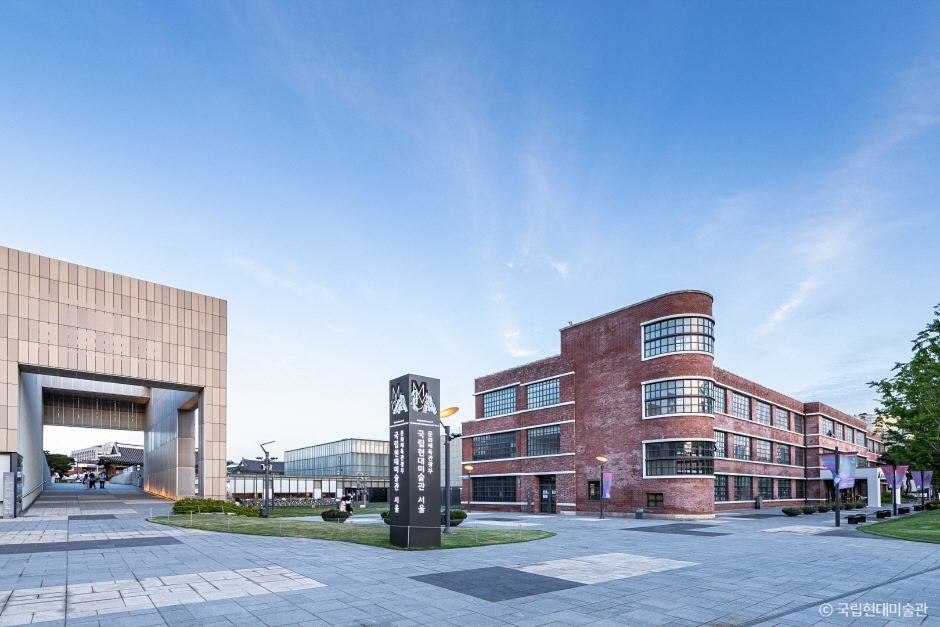
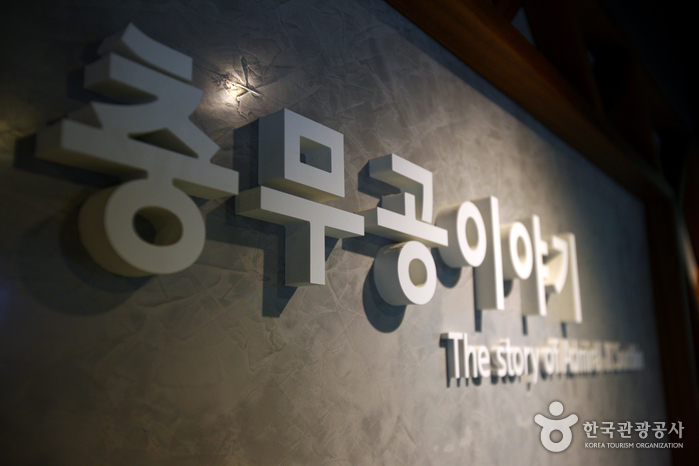
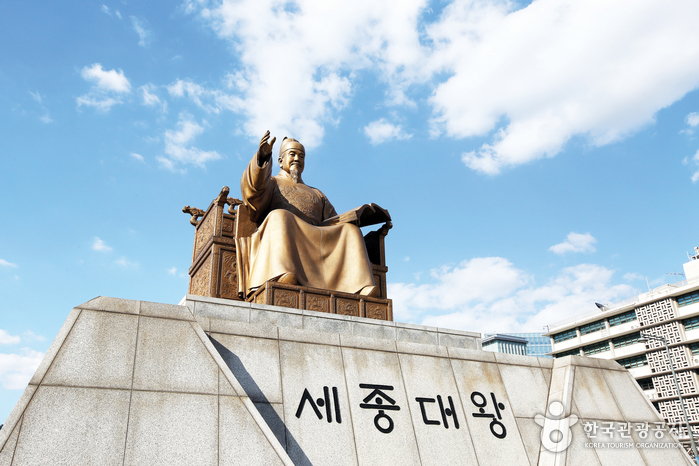
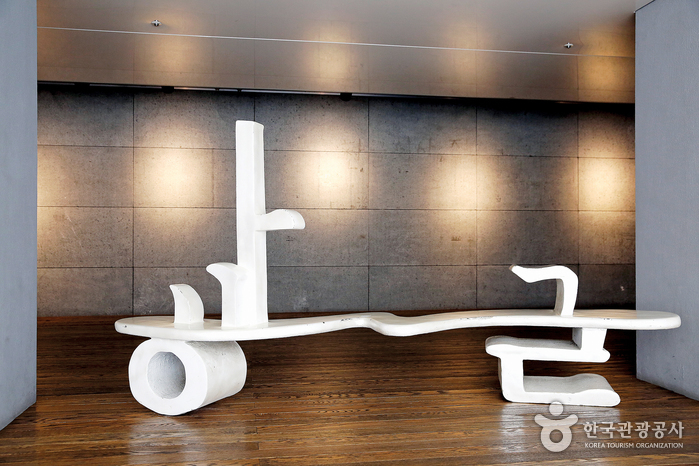
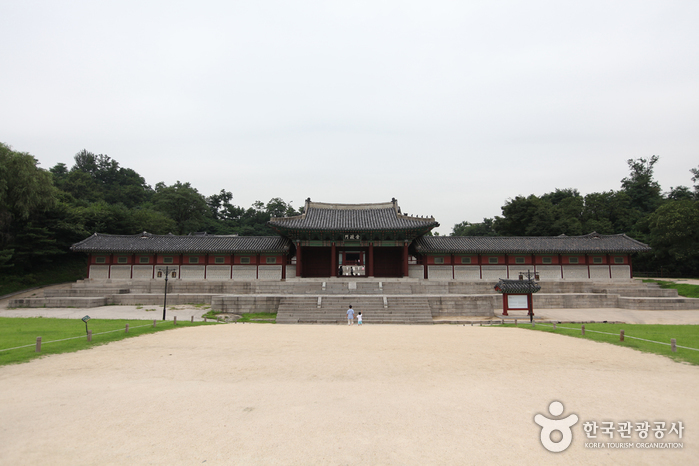
 Français
Français
 한국어
한국어 English
English 日本語
日本語 中文(简体)
中文(简体) Deutsch
Deutsch Español
Español Русский
Русский